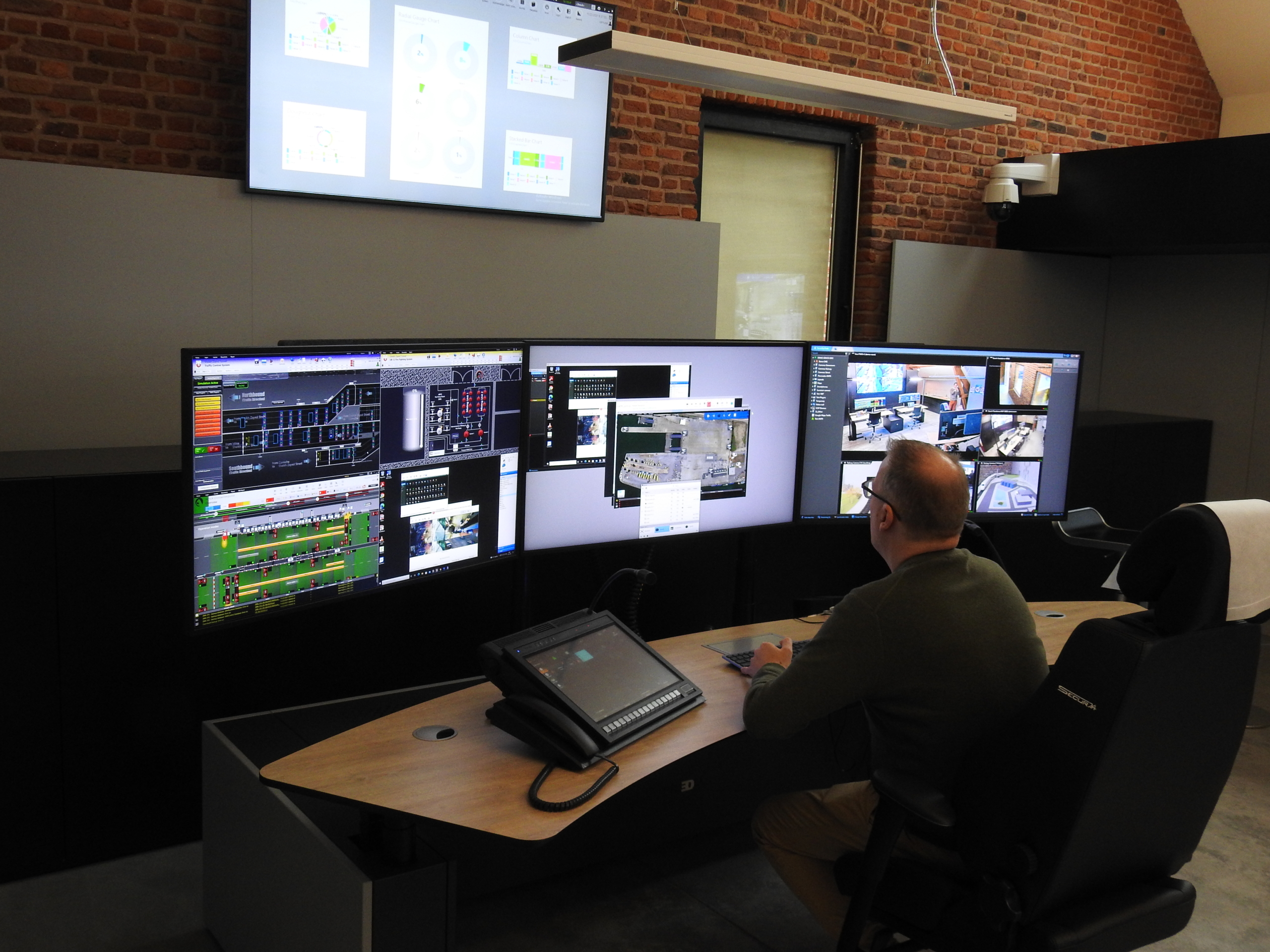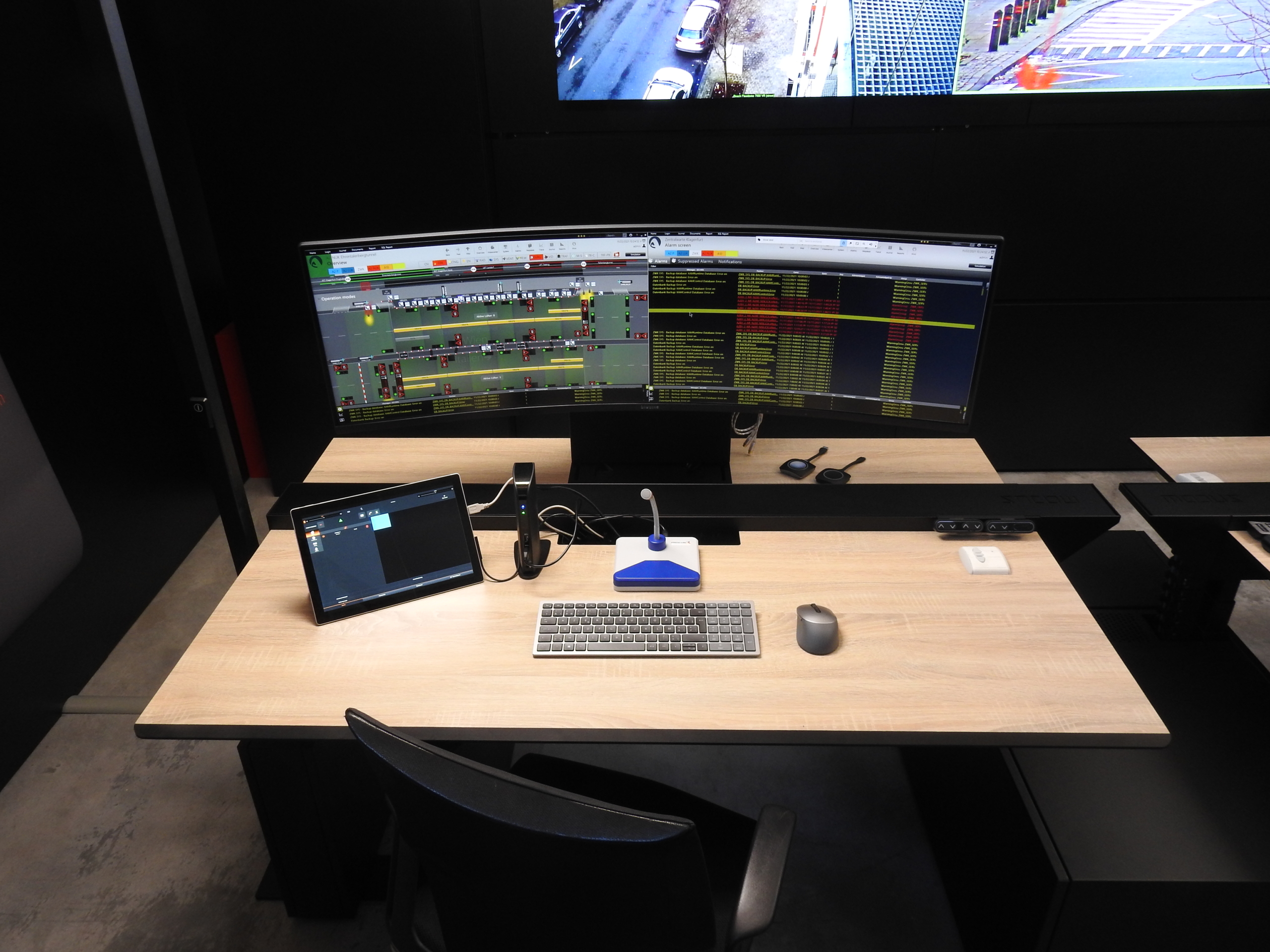Conclusion
Upgrading your control room is a strategic decision that requires careful planning and execution. You can ensure a successful upgrade by avoiding the most common pitfalls businesses encounter when planning a mission-critical control room upgrade.
Tein Technology ensures you’re always fully informed before, during and after your upgrade project. That way, you can avoid unclear objectives, excluding operators, overlooking skill development, underestimating cybersecurity, relying on outdated technology, neglecting communication, and misaligning technology with workflows.
Dynamic visualisation tools and techniques and modern business communication systems are crucial in achieving operational excellence. Let’s ensure you benefit from them fully, and maximise their positive impact on your operations and operators.






